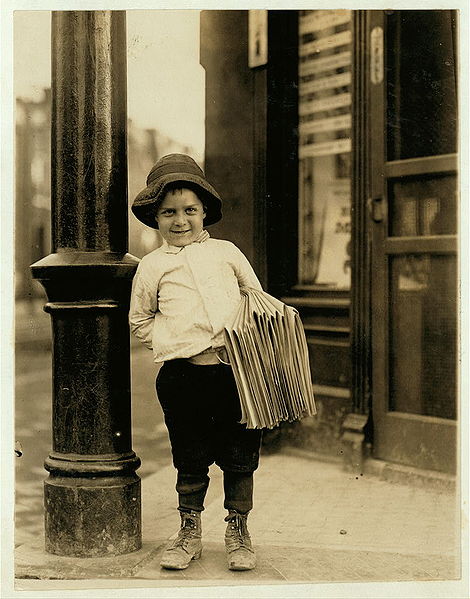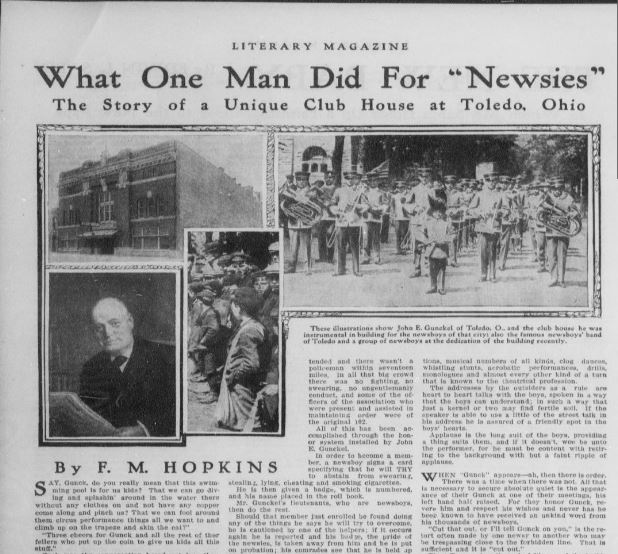by Lisa Cooke | Sep 17, 2014 | 01 What's New, Apps, History, Holidays, NARA
Today the United States celebrates Constitution Day! On this date in 1787–225 years ago–delegates finalized and signed the historic document that  became the U.S. Constitution.
became the U.S. Constitution.
In celebration, the National Archives Center for Legislative Archives has launched a free mobile app, e-book and even companion tools for teachers: lesson plans and teaching activities.
“Congress Creates the Bill of Rights” is described at the National Archives website, where you can download the e-book and teaching resources. The e-book is also available in iTunes and the iBookstore for iPad, iPhone, and iPod Touch. The app is available for download on iPad at the App Store.
A press release describes the app as “an interactive learning tool for tablets that lets the user experience the proposals, debates, and revisions that shaped the Bill of Rights in the First Congress. Its menu-based organization presents a historic overview, a one-stop source that includes the evolving language of each proposed amendment as it was shaped in the House and the Senate, a close-up look at essential documents, a ‘time-lapse’ display of the creation of the First Amendment, and more.
Congress Creates the Bill of Rights eBook presents a historic narrative focusing on James Madison’s leadership role in creating the Bill of Rights and effectively completing the Constitution. Starting with the crises facing the nation in the 1780s, the narrative traces the call for constitutional amendments from the state ratification conventions, and takes the reader inside Congress as the House and the Senate worked to formulate a set of amendments to send to the states.”
Did you have ancestors who were at the Constitutional Convention? Contribute what you know at the Signers of the U.S. Constitution Project at Geni.com. The goal of this project is to build “single, documented profiles” of those who signed.
by Lisa Cooke | Sep 11, 2014 | 01 What's New, Inspiration
“Those who cannot remember the past are condemned to repeat it.”
Santayana in The Life of Reason, 1905
One of the most important jobs we will have as family historians is passing on to the next generation our memories of September 11, 2001.
I’ll never forget my daughter Lacey calling me from the top of the stairs on that morning. She was listening to the radio as she prepared for school. “Mom,” she said, “I think you better turn on the TV. Something is happening.”
And like so many in America and around the world, I turned on the TV only to be glued to it into the wee hours of that night, devastated by the evil appearing on the screen.
The quote at the beginning of this article is often mistakenly attributed to Winston Churchill, but in fact, his statement to the House of Commons on May 2, 1935 after the Stresa Conference was even more thorough and extremely compelling:

“When the situation was manageable it was neglected, and now that it is thoroughly out of hand we apply too late the remedies which then might have effected a cure. There is nothing new in the story. It is as old as the sibylline books. It falls into that long, dismal catalogue of the fruitlessness of experience and the confirmed unteachability of mankind. Want of foresight, unwillingness to act when action would be simple and effective, lack of clear thinking, confusion of counsel until the emergency comes, until self-preservation strikes its jarring gong-these are the features which constitute the endless repetition of history.”
Learning from history and passing it on is key to our survival, as families, and as freedom-loving countries.
On this September 11 let’s pull our children and grandchildren close and be brave enough to share the reality of our experience. We, and future generations, need to remember.
God Bless America,
Lisa
by Lisa Cooke | Jul 12, 2014 | 01 What's New, History
 Just when you thought a claw-foot tub was the epitome of living in the past….
Just when you thought a claw-foot tub was the epitome of living in the past….
A historical consultant in Amsterdam is living in the past. To be more precise, she’s chosen to live like it’s 1938. Her apartment (except for the computer and the refrigerator) is entirely outfitted as if it’s 1938. She doesn’t have a television, she vacuums with a 1920s machine and she washes her clothes by hand.
She’s profiled here on Yahoo! Homes, where you can check out a slide show of her apartment.
What do you think about living in the past? If you could surround yourself with the trappings of an earlier decade, what would it be? What modern conveniences could you not live without?
by Lisa Cooke | Dec 19, 2013 | 01 What's New, images, Video
Can 100 years be packed into 10 minutes? This YouTube video attempts to do it!
(Warning: contains some graphic images)
The video also illustrates how the movie camera has captured our triumphs and tragedies for over 100 years.
Do you have old family movies? Consider posting them on YouTube with relevant descriptions that will help others find and watch them. Just like old photos, old film can play a ![]()
 significant role in our family history, and the Internet provides a forum for sharing them. If you have a free Google account (perhaps you use Gmail or another Google service) then you can use that account to activate your own YouTube channel.
significant role in our family history, and the Internet provides a forum for sharing them. If you have a free Google account (perhaps you use Gmail or another Google service) then you can use that account to activate your own YouTube channel.
You can learn how to get your free YouTube channel up and running at my upcoming class at RootsTech2014 called How to Use YouTube for Family History: Setting Up Your Own YouTube Channel (RT1508) Thursday, February 6 at 10:30 AM in Room: Ballroom H
by Lisa Cooke | Nov 6, 2013 | 01 What's New, History, Newspaper
Newsboys or “newsies” used to sell the news. But for a time in American history, they were the news!

Newsboy. Little Fattie. Less than 40 inches high, 6 years old. Been at it one year. May 9th, 1910. Location: St. Louis, Missouri. Wikimedia Commons image, original at Library of Congress.
You’d know them by their common call: “Read all about it!” It was their job to sell stacks of inexpensive newspapers on every street corner that would support them. The Library of Congress has posted a fascinating page about the history of newsies, including their own appearance in the papers.
In 1899, newspaper prices rose–and that cut into the profit margins of boys who had very little profit to begin with. In New York City, many newsboys refused to sell papers published by Pulitzer and Hearst. Over the next few years, the newsboys didn’t exactly unionize, but they did organize. Eventually they formed the National Newsboys’ Association, which evolved into today’s Boys Club and Girls Club.
It’s interesting to read how the newspapers reported the doings of the boys who were essentially their salespeople. I bet it was a tricky place to be caught: a newspaper couldn’t afford to totally alienate their own best salesmen. Those salesmen were actually children, whom nobody wants to be accused of targeting. But their activities were aimed at driving down prices. In some cases, you see newspapers taking “the high road” and reporting charitable efforts to help these boys, like this story from the 1909 Washington Herald:

Click here to read this full story on Chronicling America. And click here to “read all about” newsboys and their role in American newspaper life.

Remember, stories like these are the kind that shaped our ancestors’ lives. Whether we find our relatives mentioned directly in the paper or we just see what life was like around them, we can learn so much from reading the same newspapers they did. Learn more from my book How to Find Your Family History in Newspapers–and Genealogy Gems Premium Subscribers can check out “Getting the Scoop on Your Ancestors in Newspapers” in the Premium Videos section.
 became the U.S. Constitution.
became the U.S. Constitution.





